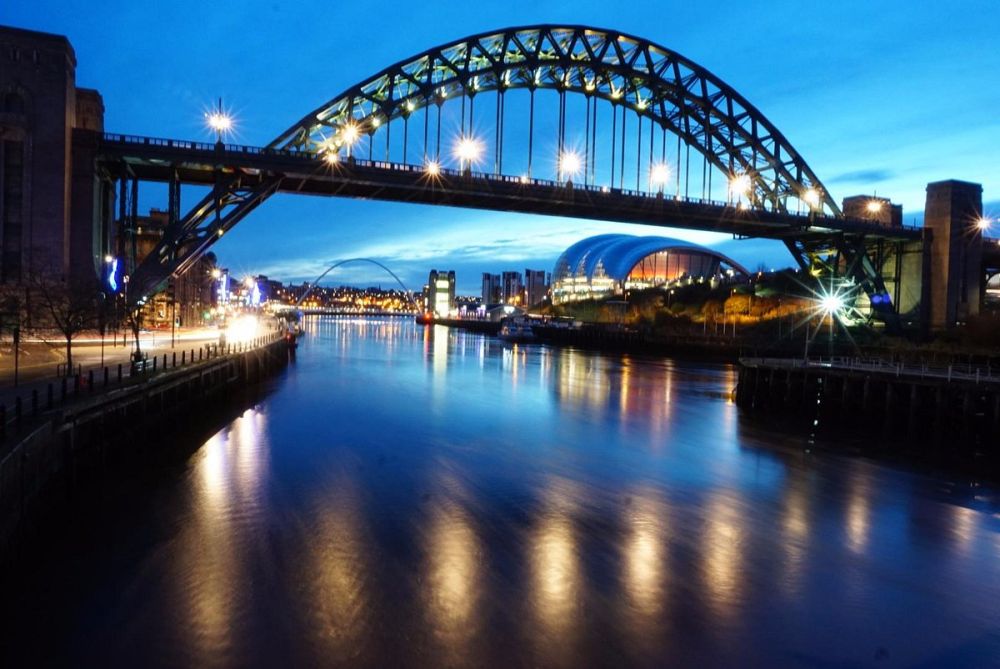

The Tyne Bridge is not only an iconic structure in Newcastle upon Tyne, United Kingdom, but it is also a testament to the engineering prowess of the early 20th century. Since its opening on 10 October 1928 by King George V, the Tyne Bridge has become an enduring symbol of Newcastle and a focal point for both tourists and residents alike.
Initially, the Tyne Bridge was built to serve as a practical traffic artery connecting Newcastle upon Tyne and Gateshead. However, it quickly gained attention for its striking design, resembling the Sydney Harbour Bridge in Australia (although the Tyne Bridge was completed earlier), thereby drawing interest from visitors around the world. The bridge's distinctive green arch has since become a prominent feature of the Newcastle skyline and a subject of fascination for those interested in industrial achievements.
During the post-war period, the areas around Tyne Bridge saw a decline, with the heavy industries that once thrived in the region suffering a downturn. It wasn't until the late 20th century that efforts were made to regenerate the Newcastle-Gateshead Quayside, leading to a surge in tourism. Attractions like the BALTIC Centre for Contemporary Art and the Sage Gateshead concert venue, along with the historic charm of the Tyne Bridge itself, have helped transform the riverfront into a vibrant cultural hub.
In recent years, the Tyne Bridge continues to draw tourists due to its cultural significance and architectural beauty. Visitors often explore the Quayside, snapping photos of the bridge and enjoying nearby attractions such as the bustling Sunday market and the scenic river cruises that offer a unique perspective of the bridge from the water.
The trend towards experiential and Instagram-worthy travel experiences has further boosted the Tyne Bridge's status as a must-visit destination. Travelers seek to capture its grandeur, especially when it is lit up at night, providing a spectacular backdrop for evening walks and dinner cruises.
Another considerable draw is the annual Great North Run, the world's largest half marathon, where participants race over the Tyne Bridge. The event garners international attention and brings a significant number of visitors to the city every year, further cementing the bridge's role in local tourism.
The Tyne Bridge, with its historical legacy and status as a modern-day landmark, continues to play a vital role in the cultural and tourism tapestry of Newcastle upon Tyne. Its ability to adapt to the changing trends in travel and maintain its significance as a historical icon demonstrates the bridge's enduring appeal for generations of tourists.